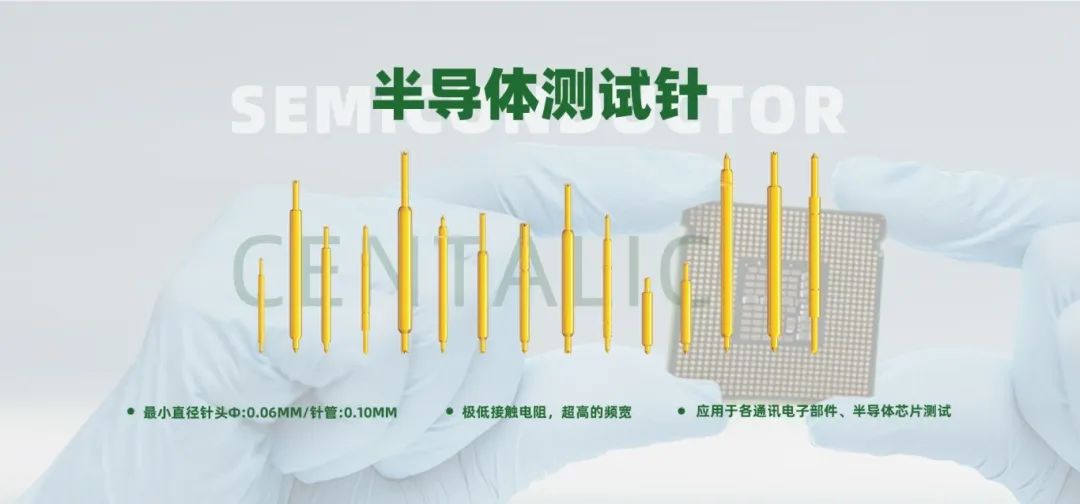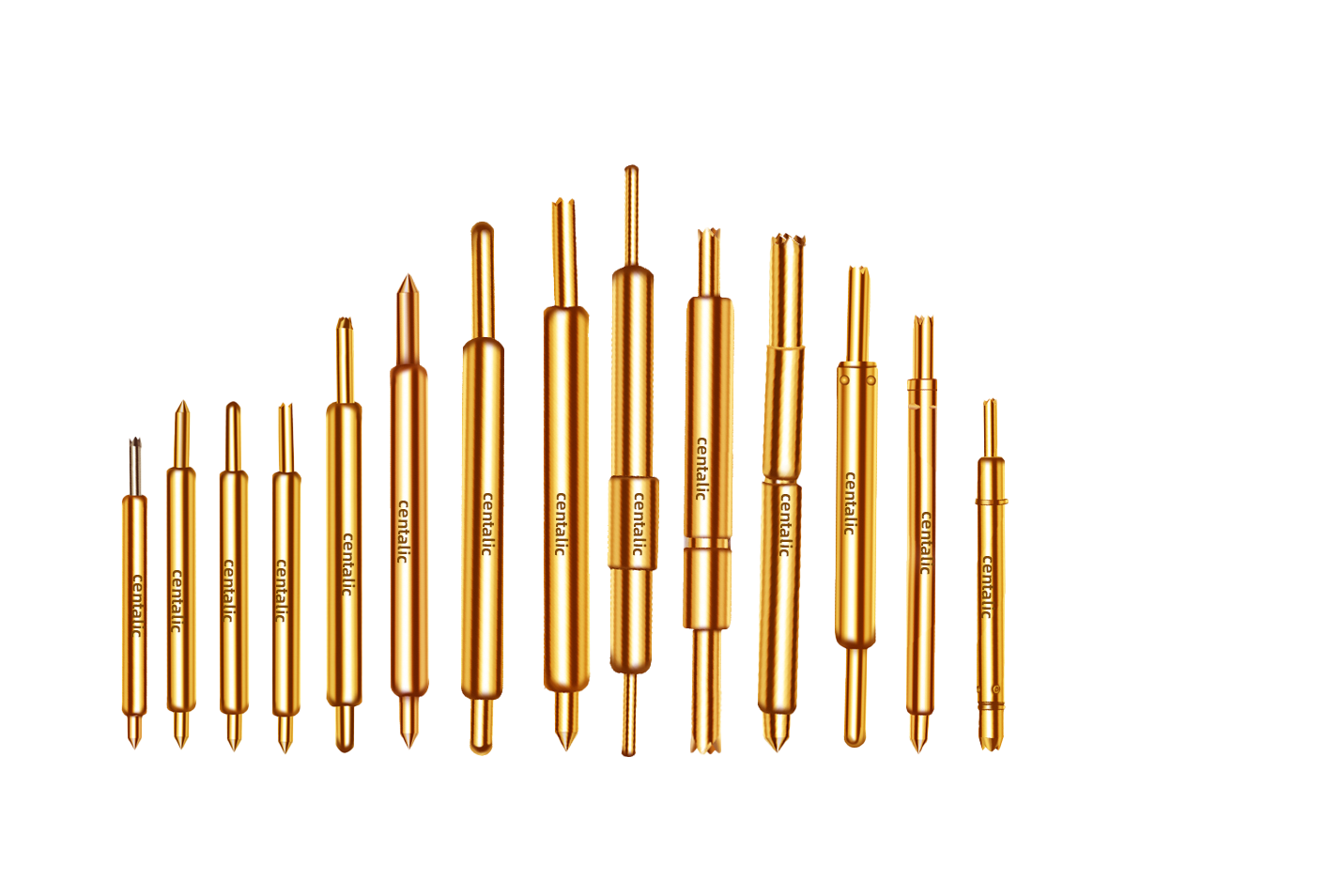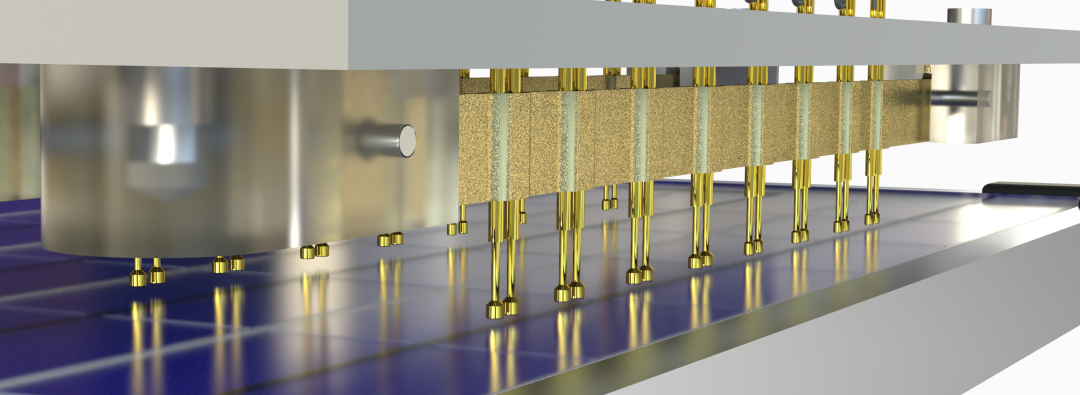
Time:2024-04-26Reading:2030Second
probeIn fact, it is a high-end precision electronic component mainly used in electronic products such as mobile phones to serve as a connector. The test probe introduced in the article is equivalent to a medium. During testing, the head of the probe can be used to contact the test object, while the other end is used to conduct signals and transmit current. There are various head types of probes that can be used to deal with different testing points, such as pointed head, round head, claw head, etc.

All test probes are composed of probe needles, needle tubes, and springs. The selection of probe materials should not only consider technical applications, production capacity, and cost factors. Finally, summarize the optimal probe material selection plan. Common probe materials include beryllium copper, high carbon steel, brass, palladium alloy, bronze, etc.
High carbon steel is commonly used in the production of all sharp probe head types or ultra long durable probes. This material has high hardness and sharpness, with higher hardness than beryllium copper. Therefore, it ensures good durability and reliable connectivity of the probe.
Beryllium copper is commonly used in the production of needles and contact components, and is also suitable for producing high current probes and springs. This material has excellent mechanical properties and high conductivity in one. It also ensures the long-term performance and durability optimization of the contact position.
Brass, commonly used for circular probe heads and machined needle covers. This material has good wear resistance, excellent mechanical properties, and high conductivity.
Palladium alloy, commonly used for probe needles, does not require coating. This material has super strong hardness characteristics.
Spring: Installed inside the needle tube to give the probe elasticity, mainly made of stainless steel wire and piano wire.
Stainless steel:As the preferred probe spring material, it has the characteristics of corrosion resistance, high temperature resistance, and not easy to rust.
piano wire:Strong elasticity, but prone to rusting when exposed to moisture.
Regardless of the material used, it must be determined based on the performance requirements of the components to ensure optimal lap reliability.
centalic Focusing on probe research and production for over 40 years, we have a complete "one-stop" production line. After the raw materials are received, each step of the process is controlled by our self operated production line, including turning, cleaning, heat treatment, electroplating, assembly, inspection, and shipment. We guarantee quality and excellent performance, and our technology has strong professional and competitive capabilities in China. We are committed to providing customers with high-quality probes!





